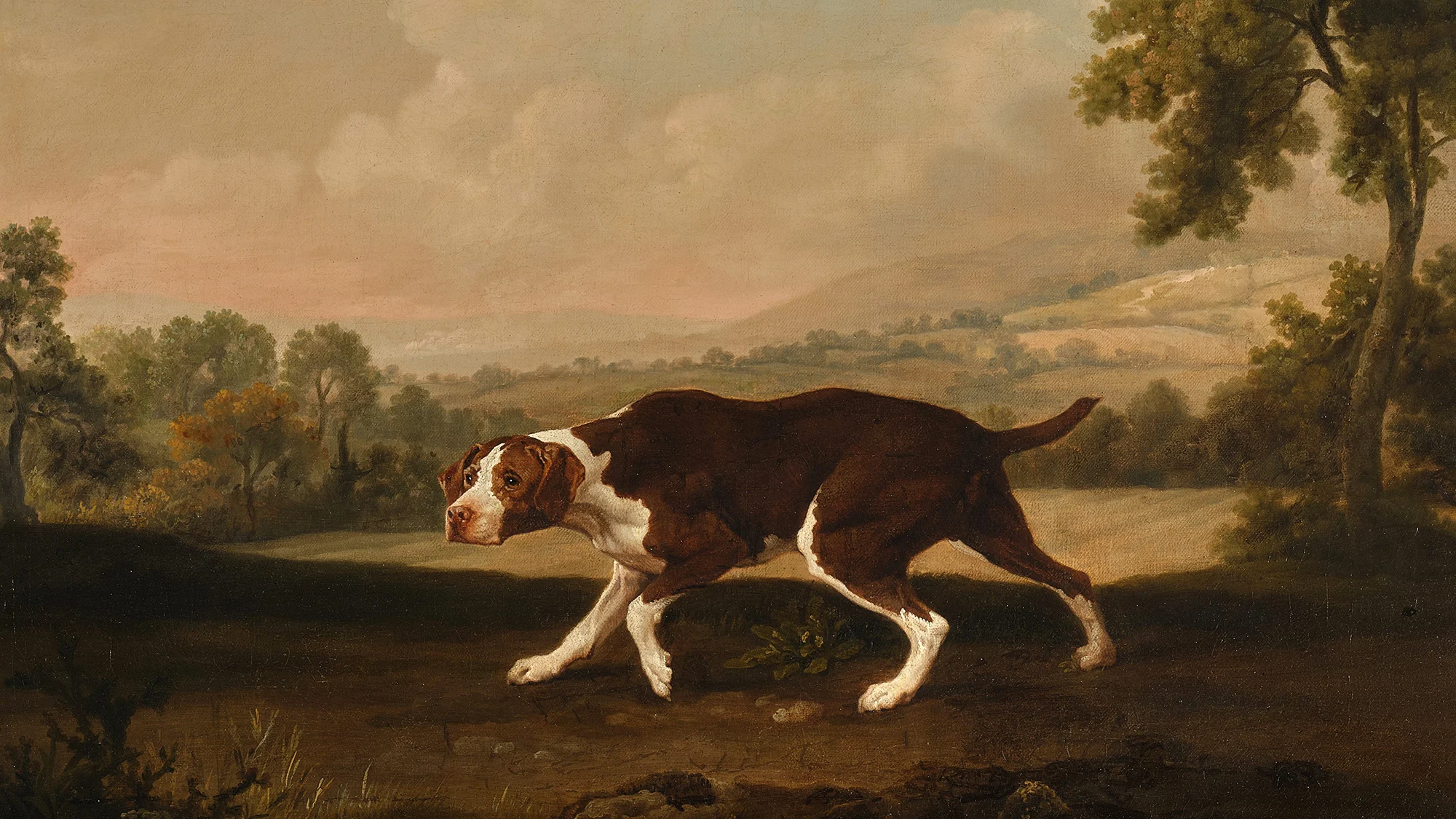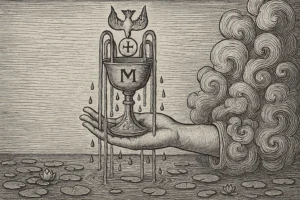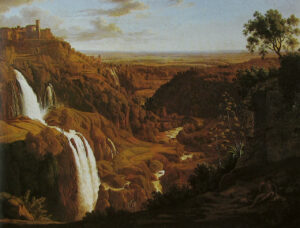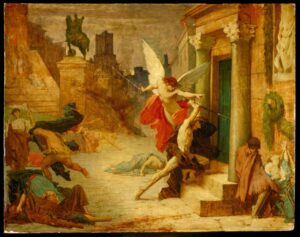In the present climate of spiritual practice, one encounters a prevailing doctrine: that the mind, when left unguarded, becomes the source of suffering, and that thoughts are little more than fleeting disturbances to be observed and gently dismissed. Popular mindfulness systems celebrate the art of stepping back, of watching thoughts drift past as if each were an idle leaf on a stream, irrelevant to the substance of the soul. This approach, increasingly universal, presumes that silence, or the absence of mental content, is itself a virtue, an arrival at peace.
Yet for those called to the symbolic path, this prescription carries hidden risks. Tradition, from the hermetic corpus to the depths sounded by Jung, regards thought not as noise but as terrain. To the one who seeks the language of symbols, thoughts may be visitors. Sometimes messengers, sometimes guardians at the threshold of insight. The art is not to empty the mind for its own sake, but to distinguish what approaches: to recognize when the ordinary is masking the extraordinary.
Here enters the allegory of the dog: not a beast of distraction, but a sentinel:
Once, at dusk, a solitary hound wandered the edge of a wild wood where every sound concealed a secret. Scenting the air, he passed first by a cluster of rustling leaves, choosing not to follow, for he sensed only surface. Further on, he heard the sharp crack of a branch, and this time he paused, one paw lifted, listening for what might lie beyond the noise. Uncertain, he moved between stillness and pursuit, guided neither by restlessness nor by indifference. The path grew darker; the wind shifted. In that moment, ask yourself: would you have chased every trembling shadow, or dismissed each sign as empty? Or could you, like the hound, hold yourself at the threshold, patient until the world itself revealed whether to advance or to remain, knowing that sometimes wisdom is neither in the chase nor in the refusal, but in the vigilant waiting for a sign that is not given twice?
In the symbolic tradition, the dog represents both instinct and discernment, the capacity to sense which among the countless impressions carries the weight of truth. Mindfulness, when applied as a total erasure of mental activity, leaves this sentinel without work, and the path to the inner chamber overgrown and forgotten.
It may be observed that the danger lies in treating all thoughts as equal, as if every image were mere background noise. For the sighthound – the hunter of symbols – such an approach flattens the landscape of the soul, leaving no trail to follow, no scent to pursue. Depth psychology, from Freud to Hillman, affirms that images, impulses, and inner dialogues are often keys, not obstacles; to cast them aside is to risk shutting the very doors through which meaning enters.
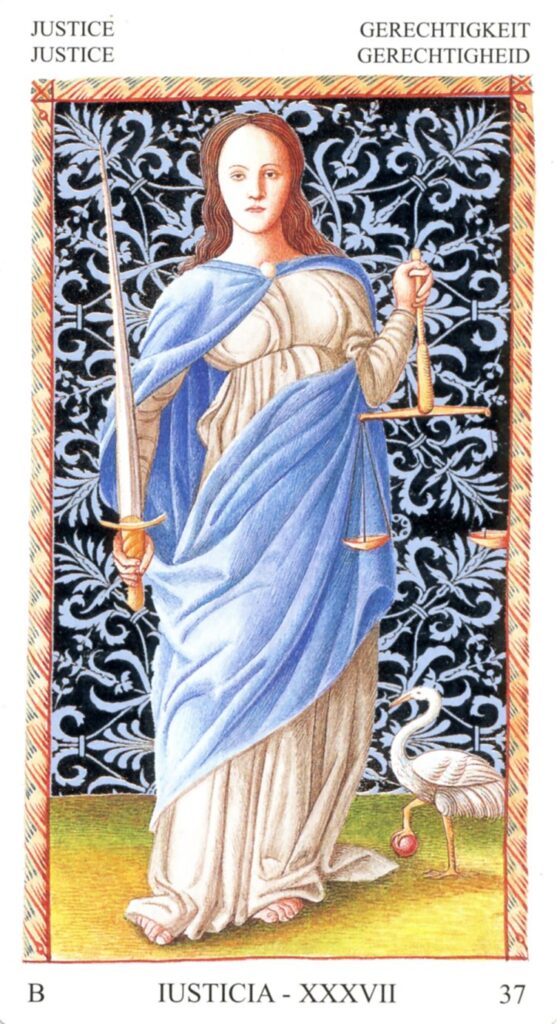
This does not valorize uncritical surrender to every mental current. Instead, it calls for a weighing of each arrival: is this a wandering echo, or the signal of something deeper? The dog does not bark at every movement in the night, nor does it sleep through the arrival of the stranger. It learns to distinguish. In this, the path of discernment departs radically from the cult of emptiness. Here, presence is not mere absence of thought, but an active vigilance. One that listens, senses, and judges.
True silence is not a void, but a field cleared for revelation. Where mindfulness seeks neutrality, the symbolic approach seeks significance. Thought is neither embraced nor banished outright; it is tested, tempered, and sometimes invited into the sanctum of meaning.
Literature and wisdom traditions align with this posture. Ficino, working in the shadows of Florence, counseled that the images of the mind are the language of the soul, and that turning away from them too quickly is to turn away from the Divine’s invitation. In the Jungian lineage, dreams and sudden thoughts are the emissaries of the unconscious, each demanding a hearing before judgment is rendered. Alchemy, too, knows no sterile silence: each stage demands attention to what arises, even if it arrives masked, tangled, or incomplete.
